Dinosaurs Call Into Question a 150-Year-Old Scientific Rule About Evolution
The evolution of body size is currently under question due to new discoveries.
A common rule is now under scrutiny due to the way that dinosaurs evolved into larger and larger beasts.
The Bergmann Rule
The Bergmann Rule is a 150-year-old principle to help understand an animal’s body size to its external environment.
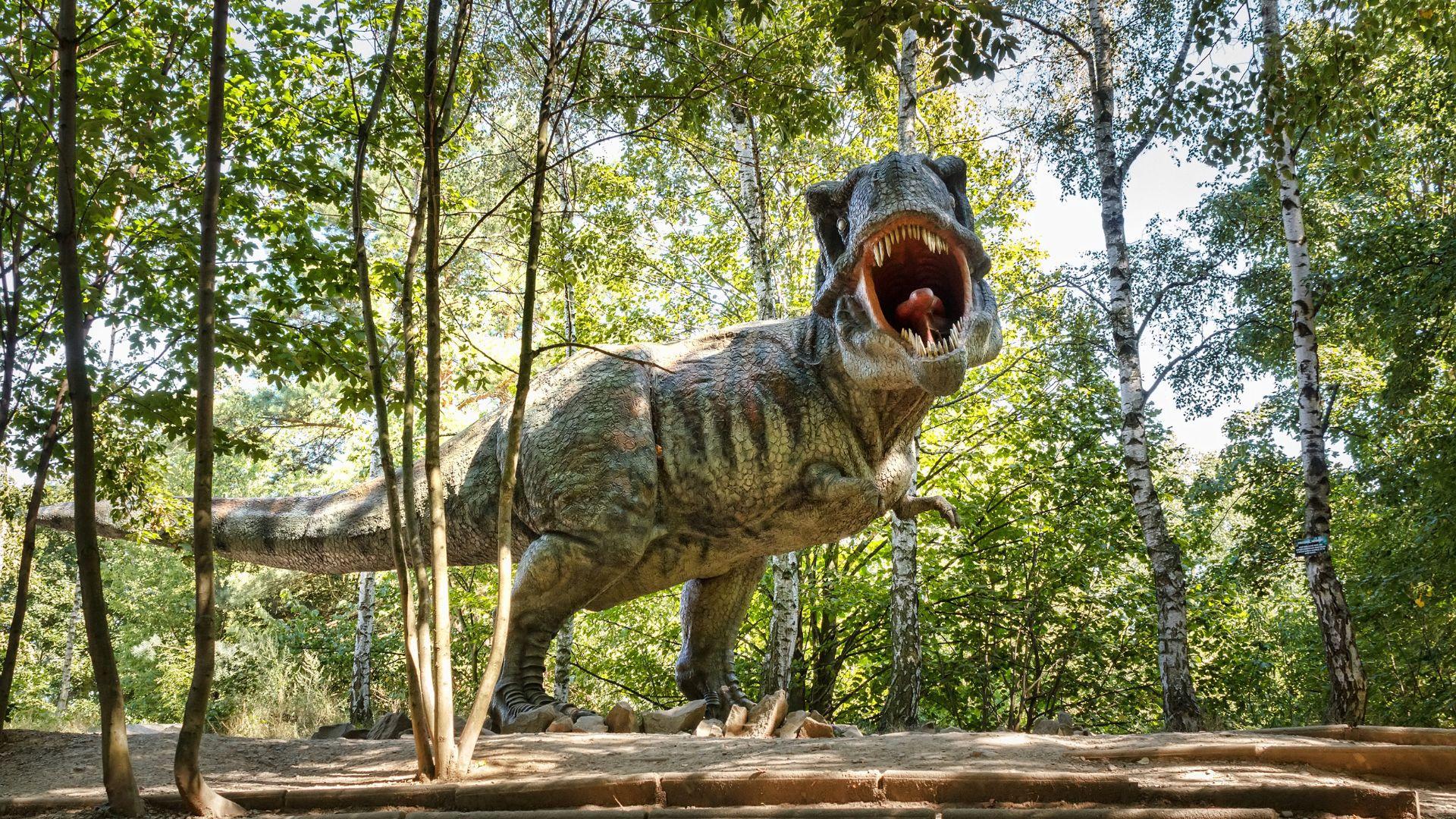
Source: Artush/Canva
The rule was discovered by a biologist in Germany called Carl Bergmann in 1847.
How the Rule Relates to Modern Animals
When Bergmann was studying animals in colder climates, he noticed that they generally had a larger body size than similar animals in warmer climates.
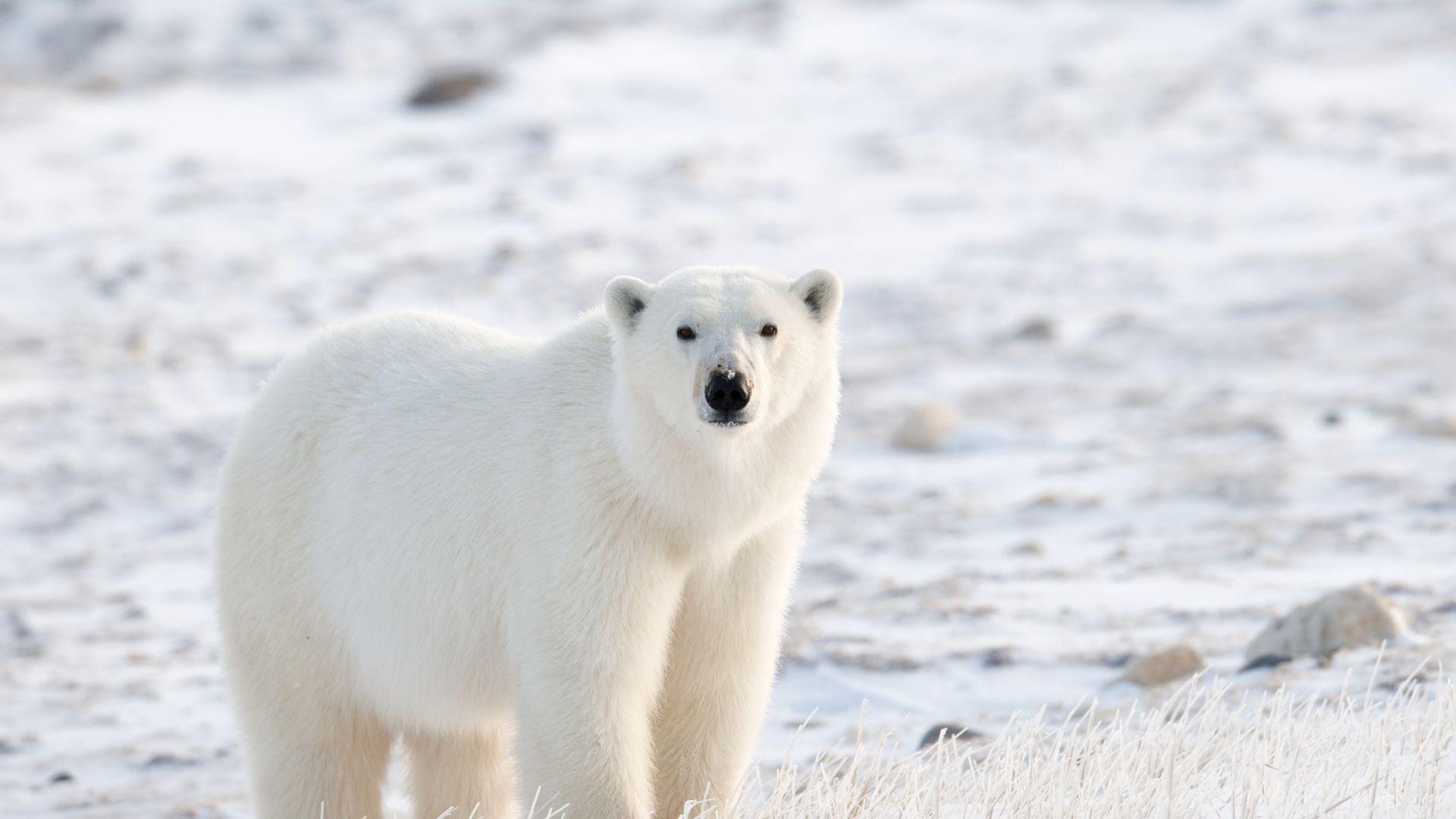
Source: HuntedDuck/Getty Images
One example that he used was that polar bears were almost three times larger than the average American black bear.
New Research May Disprove This Rule
The University of Fairbanks Alaska and the University of Reading in the U.K. have made a startling new discovery.

Source: Wikipedia Commons
Laura Wilson, a UAF graduate student and lead researcher of the study said in a statement that they now think the size of dinosaurs and mammals cannot be “reduced to simply being a function of latitude or temperature”.
How Dinosaurs May Change the Previous Knowledge
What their research intends to prove is that body size is not directly relational to climate. There may be a different reason why polar bears are so much larger than black bears.
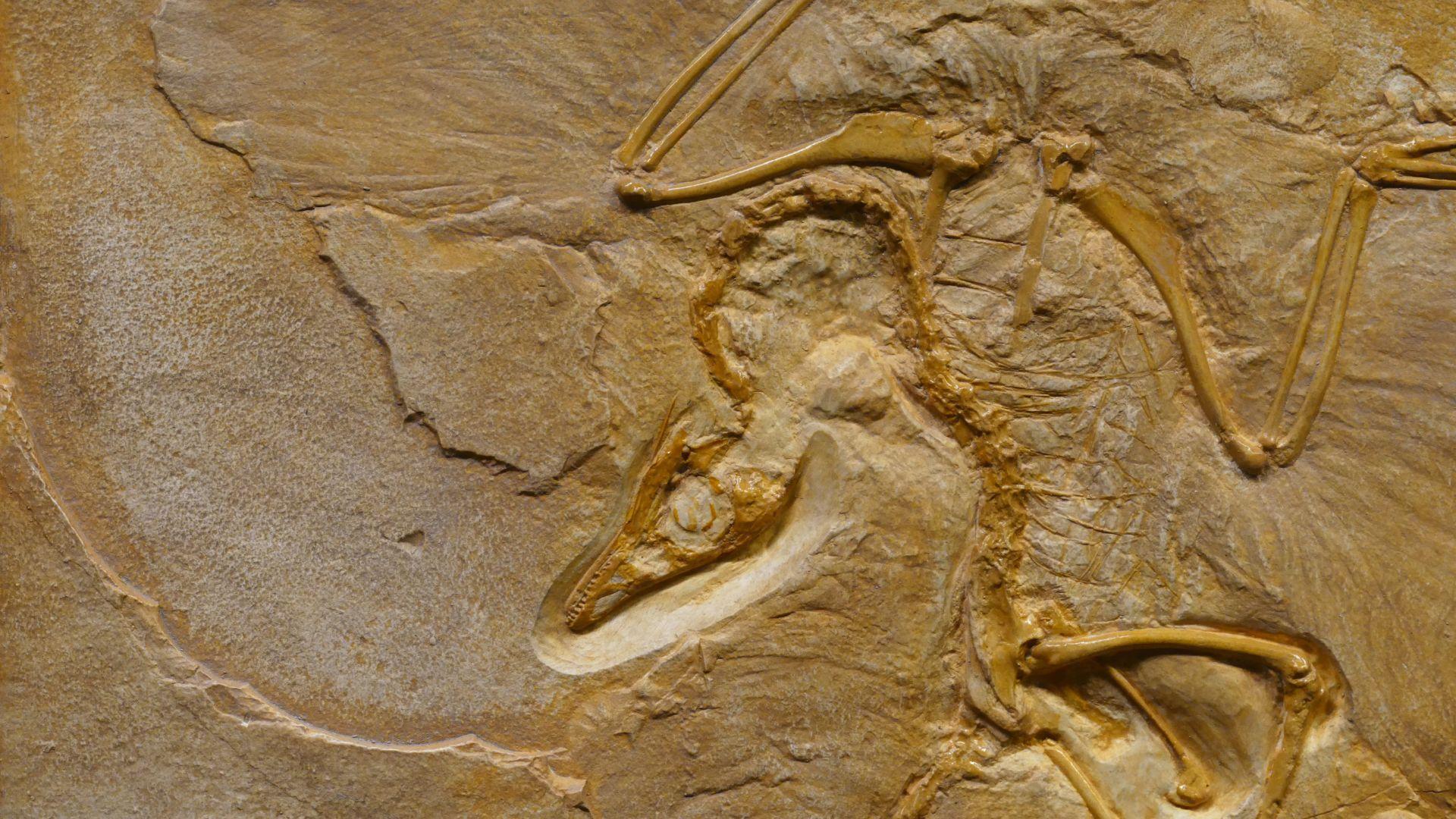
Source: Marcus Lange/Pexels
The team of researchers did not believe that the way dinosaurs evolved to be so large had any basis on their environment.
The Study of Prehistoric Animals
After being published in the journal Nature Communications, the new theory has garnered global attention.

Source: AmandaLewis/Getty Images
The research team looked at fossil records to study whether the Bergmann Rule was as accurate as the scientific community has been led to believe.
The Old Rule Only Applies To Certain Species
At the time when Bergmann discovered the principle, it helped lead the way to make important scientific breakthroughs, and shouldn’t be discounted as a contribution to science.
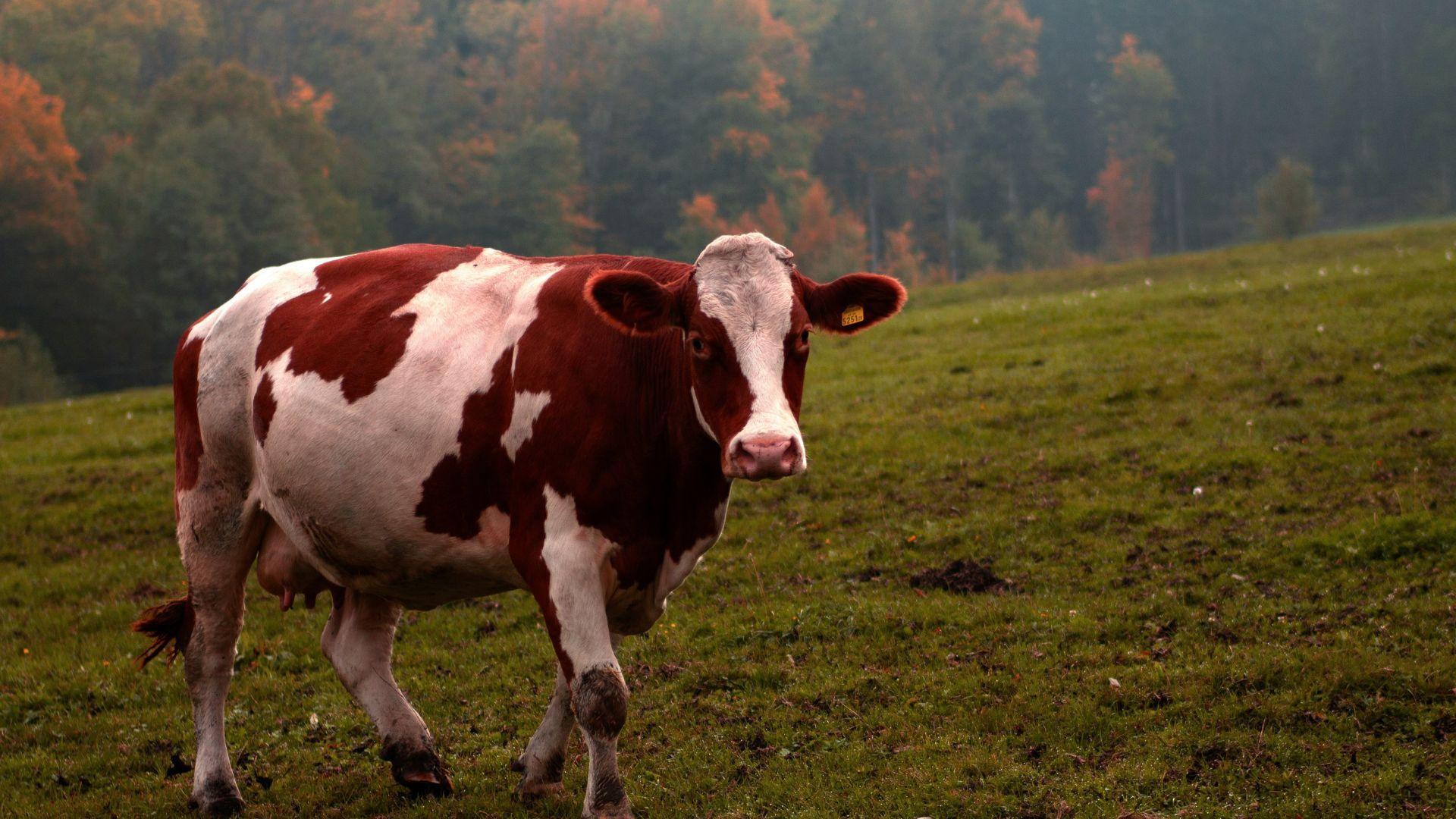
Source: Matias Tapia/Unsplash
However, new research suggests that the rule is only applicable to “homeothermic animals”. These are animals that maintain stable body temperatures like mammals and reptiles.
The Rule Is More of an Exception
The researchers also noted that the Bergmann Rule does still apply. But only when considering temperature and ignoring all other environmental factors.
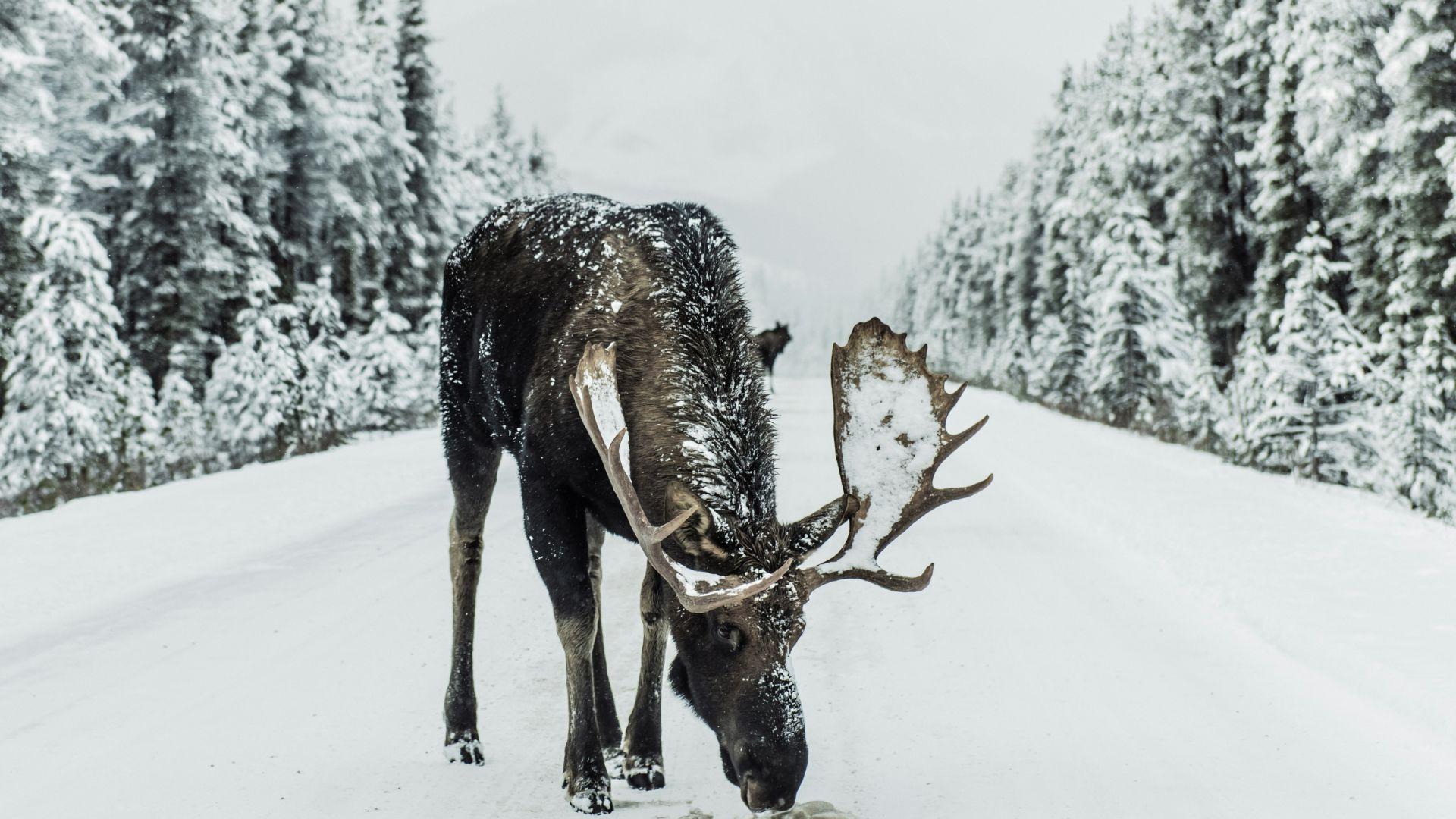
Source: Ivars Krutainis/Unsplash
They determined that the rule is really more of an exception to the truth that they are now studying.
Researchers Studied Dinosaurs Found in Alaska
Since they wanted to learn more about the connection between colder climates and the size of prehistoric animals, the team studied northernmost dinosaurs.

Source: Rod Long/Unsplash
More specifically, they went to the Alaska Prince Creek Formation, a rock unit that fossilized and animals during the Cretaceous period.
The Findings Are Solid Proof
Since they mainly looked at dinosaurs that lived during snowfall and freezing temperatures, Bergmann’s Rule no longer applied.
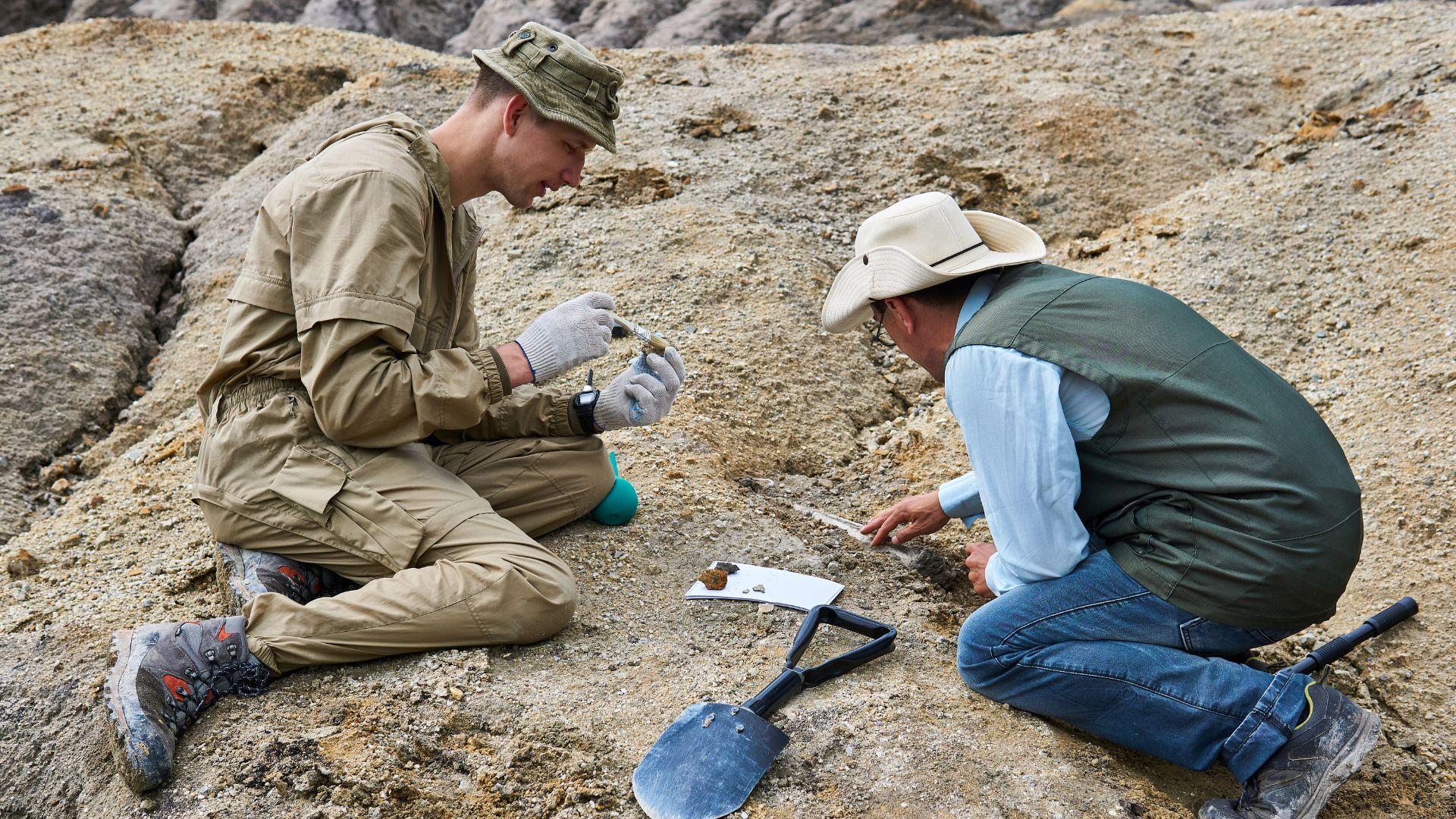
Source: Erin Smith/Getty Images
They immediately noted no changes in body size the colder that the climate became. These factors were easy to compare since dinosaurs had such similar relatives all over the globe.
A Good Reminder for Fossil Records
The information that the researchers were able to extract from fossils is a good reminder to institutions and archeologists about the importance of keeping high standards in fossil storage.

Source: jkraft5/Canva
As well, fossils can still be used to make huge scientific discoveries and breakthroughs.
A Reminder to Not Ignore Evolution
Another researcher on the team, Patrick Druckenmiller, the director of the University of Alaska Museum of the North, added some important remarks.
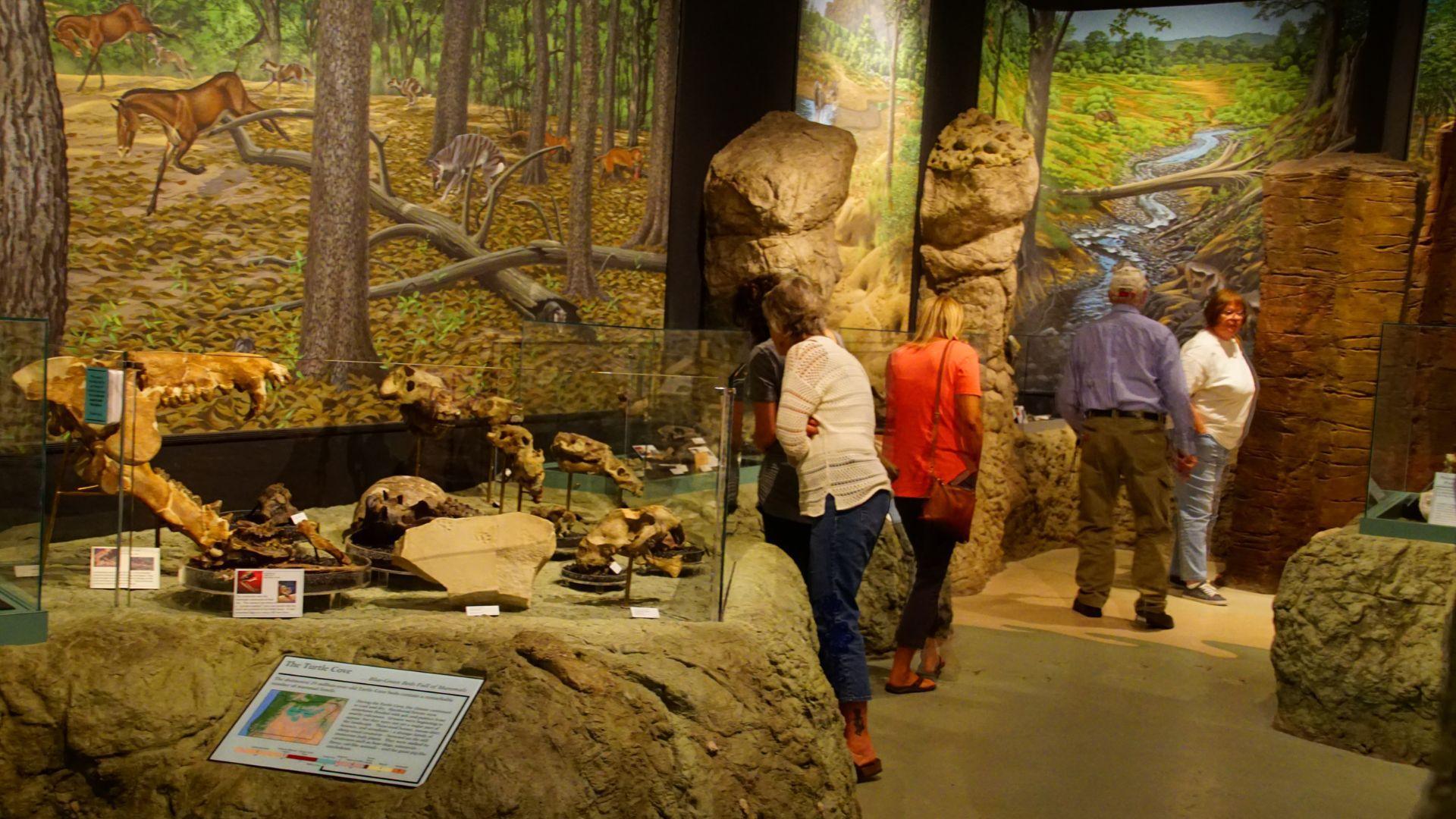
Source: cascoly/Canva
He reminded the scientific community that a modern ecosystem cannot be studied without remembering the roots of evolution.
